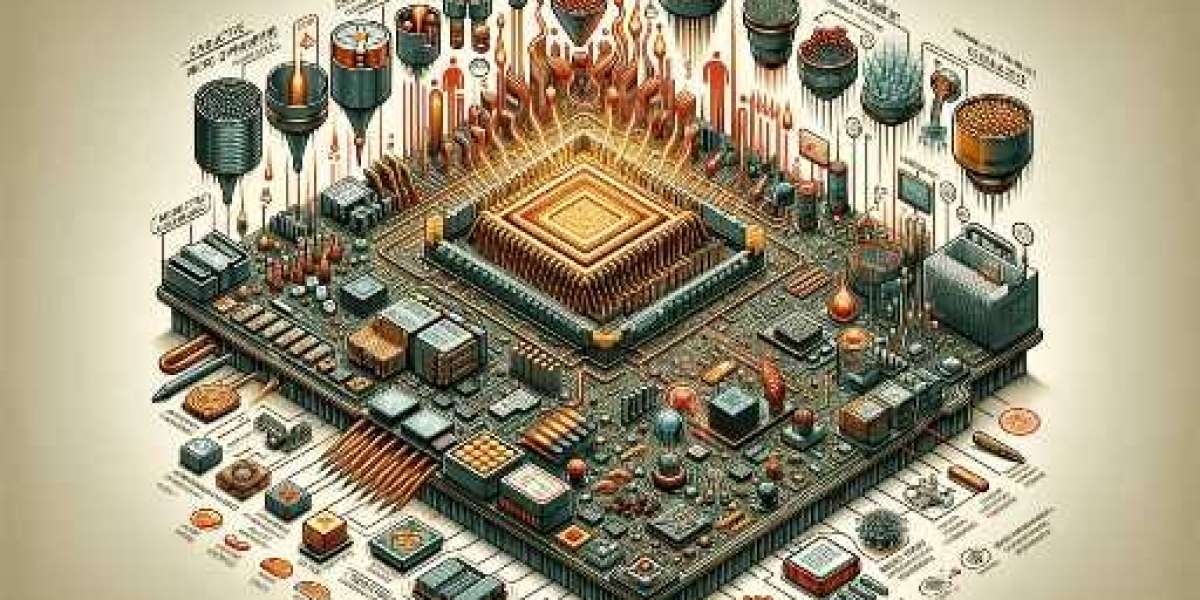In electrical engineering, heat is the universal enemy. When current flows through any conductor, energy is lost as heat due to electrical resistance. This is known as the Joule effect. While this is normal, excessive heat is the single greatest factor in reducing a cable's lifespan, degrading its performance, and causing catastrophic failure. For high-performance cables—those carrying massive power in utilities or high currents in electric vehicles and aircraft—thermal management is not just an option; it is the fundamental core of the design process.
The Danger of Overheating
The temperature at which a cable operates directly impacts its reliability and longevity.
- Insulation Degradation: Most cable insulation materials (like XLPE and PVC) have a maximum continuous operating temperature (MCOT). Exceeding this limit accelerates the aging process, making the insulation brittle, which drastically reduces the cable's lifespan and its ability to prevent electrical faults.
- Reduced Ampacity: As a cable heats up, its electrical resistance increases, which means its ability to carry current (its ampacity) decreases. To prevent overheating, the current must often be "de-rated," meaning the cable cannot be utilized to its full potential.
- Thermal Runaway: In extreme cases, if heat generation exceeds dissipation, the temperature can rise exponentially, leading to a meltdown or fire.
Engineering a Cooler Cable: Three Pillars of Thermal Management
Effective thermal management is achieved through a coordinated effort across three primary areas of cable design:
1. Conductor Innovation
The best way to manage heat is to prevent it from being generated in the first place.
- High-Purity Materials: Using conductors made from the highest purity copper or aluminum minimizes resistance, thus minimizing heat generation.
- Conductor Geometry: The shape and stranding of the conductor are optimized to ensure even current distribution and reduce "skin effect" (where current clusters near the surface), thereby lowering effective resistance.
2. Insulation and Jacketing Science
The insulation layer must be a heat shield, protecting the conductor while also being capable of transferring heat away.
- Advanced Materials: High-performance insulation materials, like specialized Cross-Linked Polyethylene (XLPE), are used for their high dielectric strength and ability to withstand high temperatures without rapid degradation. For extreme environments (like aerospace), fluoropolymers offer exceptional thermal resistance.
- Cooling Compounds: Manufacturers are developing new polymer blends with enhanced thermal conductivity to better dissipate heat from the core to the outside environment. This is a crucial element for sophisticated designs from cable manufacturers in uae.
- Thickness Control: The thickness of the insulation is carefully calculated to balance insulation strength with the need for heat transfer.
3. Integrated Cooling Solutions
For the highest power applications (like Extra-High Voltage lines), passive cooling is not enough.
- Forced Cooling: Systems are deployed where the cable is jacketed with a special outer layer and forced air or water is circulated around the cable to actively pull heat away from the core.
- Optimized Installation: Even for buried cables, thermal management is key. Specialized backfill materials (thermal concrete) are often used in the trench surrounding the cable to improve heat transfer into the surrounding soil, maintaining a safe operating temperature.
- Integrated Sensing: Smart cables feature embedded fiber optic sensors that constantly monitor temperature along their length, feeding data to AI systems that can alert operators to potential thermal hotspots or overloads before damage occurs. This requires highly specialized materials from reliable partners like quality cable suppliers in uae.
Conclusion: A Foundation for Longevity
Thermal management is the invisible foundation upon which all high-performance cable systems are built. By minimizing heat generation through superior conductors, maximizing heat resistance and dissipation through advanced insulation, and integrating active cooling and sensing technologies, the cable industry ensures the stability, longevity, and efficiency of our critical power and data networks. In the world of high current, staying cool is the ultimate measure of performance.
Your Thermal Management Questions Answered (FAQs)
- What is the main danger of operating a cable above its rated temperature?
The main danger is insulation degradation. Excessive heat accelerates the aging of the insulation material, which drastically shortens the cable's lifespan and increases the risk of electrical failure or short circuits. - How do cable designers improve thermal management through the conductor?
They minimize the cable's inherent resistance by using high-purity conductors and optimizing the conductor's geometry (stranding and shape). Less resistance means less heat is generated when current flows. - What is XLPE and why is it important for high-performance cables?
XLPE stands for Cross-Linked Polyethylene. It is a polymer insulation prized for its high dielectric strength, excellent moisture resistance, and its ability to maintain stable performance at high temperatures without melting, unlike many standard thermoplastics. - How is heat dissipated from underground power cables?
Since air cooling isn't possible, buried cables dissipate heat into the surrounding soil. For high-power lines, engineers often use specialized backfill materials (like thermal concrete) in the trench to improve the rate at which heat moves away from the cable.
How do integrated sensors help with thermal management?
Integrated fiber optic sensors provide real-time temperature data along the entire length of the cable. This allows operators to immediately pinpoint and address thermal hotspots, enabling predictive maintenance and preventing heat damage before it occurs.








